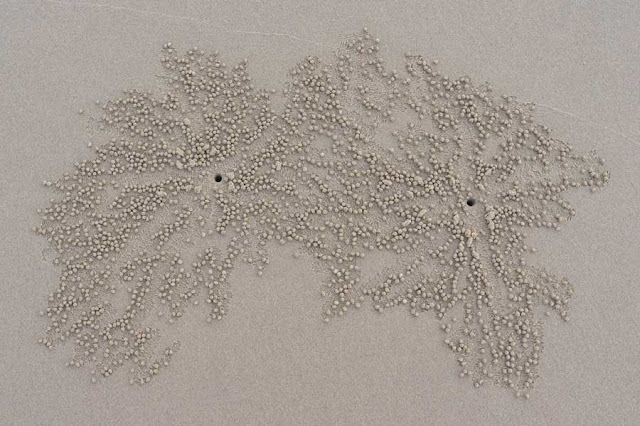 Bellingen
Bellingen is a small town on
Waterfall Way
on the Mid North Coast of New South Wales. Waterfall Way runs east-west
from the Pacific Highway to the New England Highway at Armidale.
The narrow little town is a '
drive through town'.
The vehicles of locals and out-of-towners scramble for spaces to park. Logging and
quarry trucks aim to shoot through the town and Waterfall Way (WFW) delivering the '
vanishing forests' and
mountain rocks to ever expanding
coastal urbanisation hotspots.
The throughput rate of
trucks through the narrow and busy main street and WFW is to be increased to
66 loaded trucks a day.
'The
modification requests the daily limit of 20 loaded quarry trucks per
day to be increased to a maximum of 66 loaded quarry trucks Monday to
Friday and 36 loaded quarry trucks on Saturdays within the approved
hours of operation (7.00am to 6.00pm Monday to Friday and 7.00am to
1.00pm Saturdays)." (source)

Crossing the main street is a risky challenge. The
fumes and noise in
town force users to shorten their visit and get things done as quickly
as possible to avoid
poisoning or becoming
roadkill.
Strings
of properties are on the market as WFW is becoming a small highway.
Along the Pacific Highway '
Upgrade' many properties within a few kilometers are for sale as it
seems to be a big
downgrade for residents and
wildlife.
Roads
blasting their way through the topography
Our ‘
infrastructure tsunami’ consumes the Earth rapidly. ”Rampant road building has split the Earth’s land into 600,000 fragments,
roadless areas are disappearing” (
source).
"Today’s transport systems with their supporting infrastructure entail substantial environmental impacts and consume non-renewable natural resources including our most limited asset: space. With ever more roads and railways being built or upgraded, further encroachment on and disturbance of natural living spaces is inevitable" (
Laurance et al. 2014).
"95 percent of forest destruction... occurs within five and a half kilometers of roads. Once the first cut is made, deforestation spreads, and with it
fires, hunting and habitat fragmentation." (
source)
Back to the little town.
All of NSW is car dependent on fossil fuel transportation. Poverty is expressed as the absence of public transport and safe walking and cycle paths. Low walkability and street networks designed around the car make locals dream of walking at least along the shopping area unharmed.
The tourism interests lobby wants to pump more
tourists along the many ‘
scenic drives’. Maybe the gridlock in town, WFW and the
HWY can be alleviated. During the standstill and frequent blackouts shops close their doors quickly. Time to drive along the dangling electricity wires, erosion slopes, land clearing and roadkill.
Walking
In Australia and “America a pedestrian is someone who has just parked their car.” The average Australian takes 9,695 steps per day in a car dependent setup to 'get things done'. (
source) One drives to 'go for a walk' in habitats where biodiversity lives, but not in bland sub-urban human settlements. The city flâneur is an alien here.
At a time when internal combustion mobility became ubiquitous in the Western world
Alberto Giacometti created
Walking Man I.
 |
| Walking Man I, Alberto Giacometti |



















